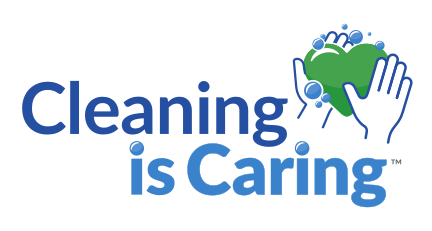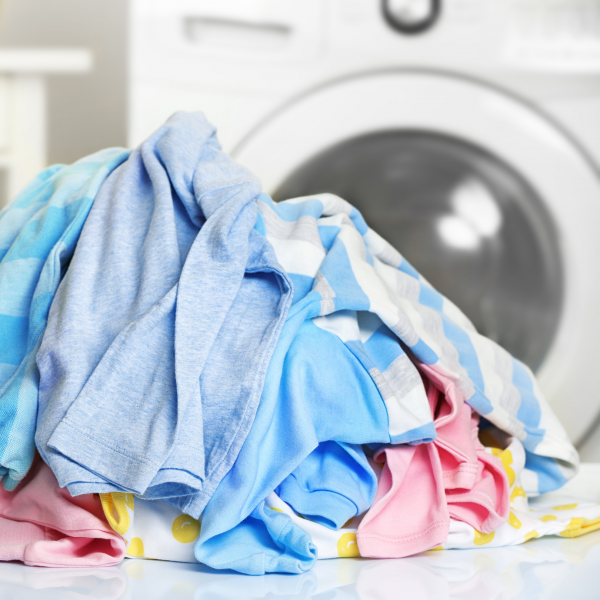Happy Earth Day! For the last 50+ years, this has been a time to mobilize in support of maintaining our home, Planet Earth, for the sake of human and planetary health for generations to come. This year, the theme is Planet vs. Plastic, which has direct implications for your laundry. Did you know that there’s probably plastic in your clothes?
Wait, My Clothes Are Plastic?
You may realize that those polyester pants from the 70s were made from plastic, but fabric has come a long way since then. We now have wicking workout gear, jeans with spandex stretch technology and more. Plastic comes in many forms and most clothes today are made using at least some synthetic fibers.
This can become a concern when the clothing is washed, because fibers can break off and go into our wastewater systems as microplastics.
What Are Microplastics?
Microplastics are tiny, water-insoluble synthetic polymer particles. They are problematic because they can enter the food chain and are challenging to remove from the environment. Textiles make up one of the bigger contributors to microplastic.
What About My Detergent?
You may have heard mention of liquid laundry sheets, packets or pods as a source of microplastic, due to their film coating. The good news is that this isn’t true. You can continue to use these product options without concern. In fact, laundry pods and sheets are some of the more sustainable detergent choices because their concentrated nature reduces packaging as well as lowering the amount of energy used to ship them.
Why the confusion? The film used in these products, known as PVA or PVOH (polyvinyl alcohol), is a polymer. Plastics are also polymers. However, not all polymers are the same. For instance, silk is also a polymer. In this case, the details really matter. PVOH is a unique kind of polymer that dissolves in the wash. Then, microbes found in wastewater systems and in the environment break it down, leaving no particles behind. And there’s A LOT of research to back that up. Check it out! It’s why the EPA includes it in their Safer Chemicals Ingredients List.
What Can I Do about Microplastics?
While detergent pods aren’t contributing to microplastics, your clothing might be. Fortunately, there are a few steps you can take to reduce your laundry’s contribution to microplastics:
- Look for natural fabrics. When looking for new clothing options, it can help to familiarize yourself which the names of popular synthetic materials and consider favoring fabrics that use a higher percentage of natural materials.
- Opt for well-made clothes. Low-priced but stylish clothes, known as fast fashion, may look great but are unlikely to last. By choosing pieces that are better made, even if that means getting fewer of them, your clothes will be more likely to hold up to repeated washes and shed fewer fibers, enabling them to look their best for a long time to come.
- Don’t wash clothes more than recommended. Visit our guide on how frequently to wash different items of clothing so that you don’t put your outfits through more wear and tear than needed.
- Wash in cold water. Another way to reduce the wear and tear that can break down clothing fibers is to wash laundry in cold water. This has the added benefit of saving energy and money that would have been spent heating the water.
- Don’t overfill the washer. Friction can cause microfiber shedding in the laundry. Reduce that friction by only putting an appropriate amount of clothes in each load of laundry and avoid stuffing the washer full. This will also help enable your clothes to get cleaner.
- Consider line drying. Heat and tumbling in the dryer can also be a source of microfiber shedding. If you have the space, inside or outside, consider hanging a line or using a rack to air dry your laundry.


TELL US WHAT YOU THINK (0)